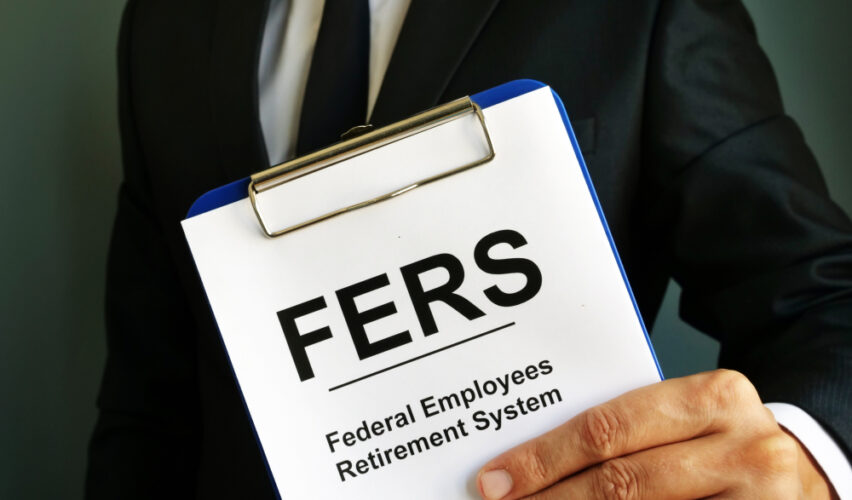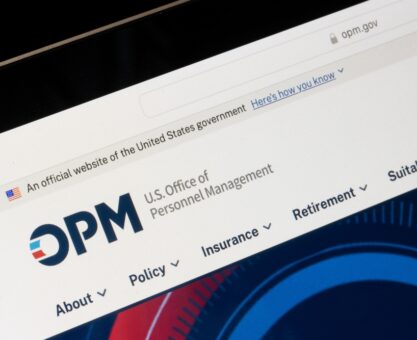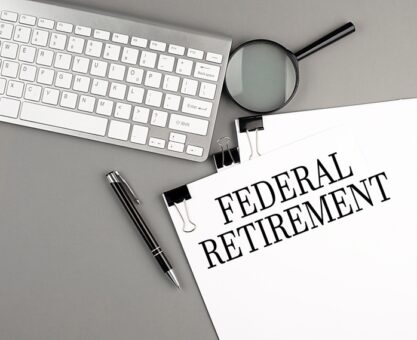Under FERS, you can retire with an immediate annuity at your Minimum Retirement Age (MRA) with 30 years of creditable service. Depending on the year you were born, your MRA can range from age 55 to 57. Or, you can retire at 60 with a minimum of 20 years of creditable service. With both options you’re eligible for the FERS Special Retirement Supplement (SRS). However, if you work a few more years until age 62 (or older), you’re eligible for the FERS 10% Bonus. It’s important to understand the differences before you decide.
When You Retire At Age 60 Or Younger
When you retire at age 60 (or younger) with an immediate, unreduced annuity, the FERS SRS is paid thorough the OPM and calculated as if you filed for Social Security at age 62. Once you turn 62, the OPM stops paying your SRS and you have to make a decision on when to file for your Social Security through the Social Security Administration.
Keep in mind that, if you plan to work in the private sector after you retire, your SRS income counts toward the Social Security Earnings Test and must be reported to the OPM. For every $2 of earnings exceeding the test limit, $1 will be withheld in from your SRS. Add to this your SRS is not eligible for Cost of Living Adjustments (COLAs). For that matter, your FERS annuity (pension) isn’t eligible for a COLA when you retire younger than age 62.
“Think of it this way — while your SRS only lasts for the years leading up to your 62nd birthday, the FERS 10% Bonus lasts for your entire lifetime.”
The Advantages Of The FERS 10% Bonus At Age 62
When you retire at 62 with the required years of creditable service, your annuity (pension) is calculated with the 1.1% formula instead of the 1% formula. This works out to a 10% bump in your monthly FERS annuity for the rest of your life.
There are other advantages to consider:
- Age 62 is when most retirees receiving a FERS annuity become eligible for COLAs.
- Retiring at age 62 may increase your High-3 salary calculation for a larger annuity.
- Working the extra years enables you to contribute more to your Thrift Savings Plan (TSP) and get your agency match while your nest egg grows.
- Since your Social Security benefit is based on your highest 35 years of earnings, working longer may grow your benefit.
Think of it this way — while your SRS only lasts for the years leading up to your 62nd birthday, the FERS 10% Bonus lasts for your entire lifetime. To learn more, touch base with an FRC® trained advisor who understands your federal benefits.

























